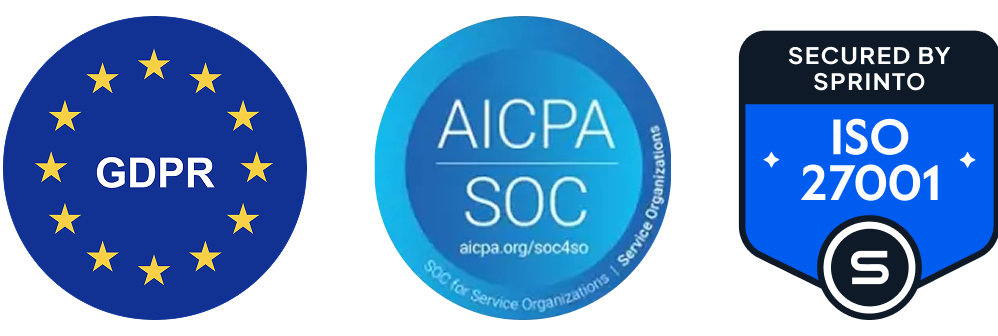1. What is the difference between MariaDB and MySQL?
MariaDB vs MySQL is a common comparison—both are open-source relational databases with shared roots, but MariaDB offers faster updates, additional storage engines, and better performance optimizations, especially for modern applications.
2. How does MariaDB compare to PostgreSQL?
MariaDB vs PostgreSQL: While MariaDB uses a MySQL-compatible architecture suited for speed and simplicity, PostgreSQL is known for advanced features and strict SQL compliance. Choose MariaDB for lightweight setups and PostgreSQL for complex analytics or transactional systems.
3. How do I install MariaDB on my system?
To install MariaDB, you can download the official packages from the MariaDB website. Installation is supported on Linux, Windows, and Mac via Homebrew. Choose the version that suits your operating system and environment.
4. What tools are available to manage MariaDB databases?
Popular GUI tools for MariaDB include DBeaver, dbForge Studio, and HeidiSQL. These tools help you manage databases visually, write SQL, and run diagnostics. MariaDB Workbench is also available for designing and querying your schema interactively.
5. Is there a tutorial for beginners to get started with MariaDB?
Yes! You can follow a MariaDB tutorial to learn how to create tables, run SQL queries, manage users, and connect with apps. Most tutorials cover installation, configuration, and CRUD operations to help you build your first project.
6. What are the best monitoring tools for MariaDB?
Some of the top MariaDB monitoring tools include Percona Monitoring and Management, Zabbix, and Prometheus. These platforms help track performance metrics, query latency, uptime, and resource usage for proactive database administration.
7. Can I use MariaDB with PLC systems or industrial applications?
Yes, MariaDB PLC integrations are used in industrial automation for collecting and storing time-series or machine data. When paired with IIoT platforms or MQTT brokers, MariaDB becomes a robust backend for monitoring and logging from programmable logic controllers.
.svg)
.svg)
.svg)



.svg)
.svg)

.svg)
.svg)
.svg)


.svg)










